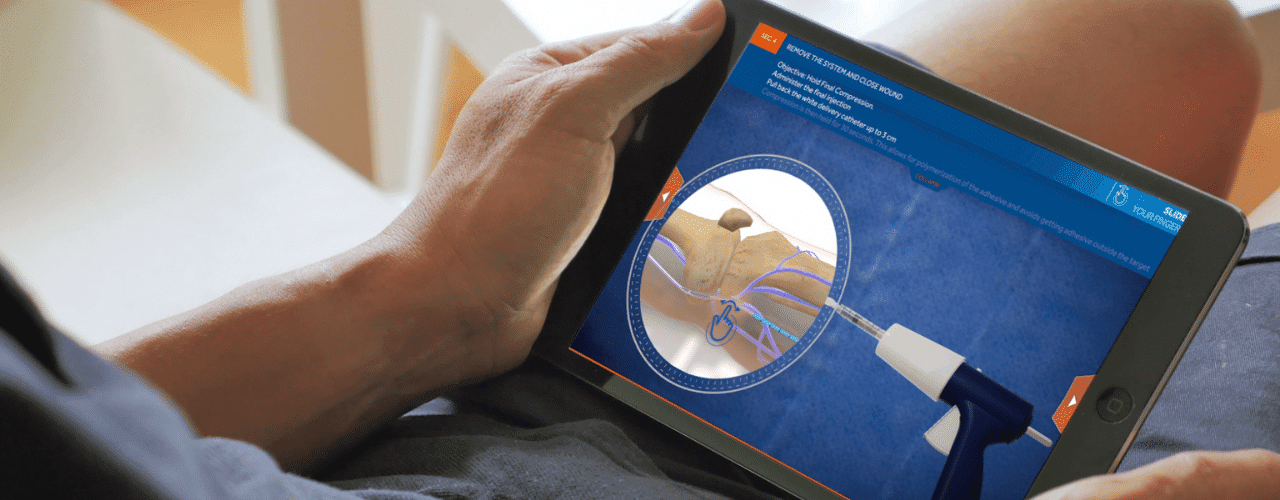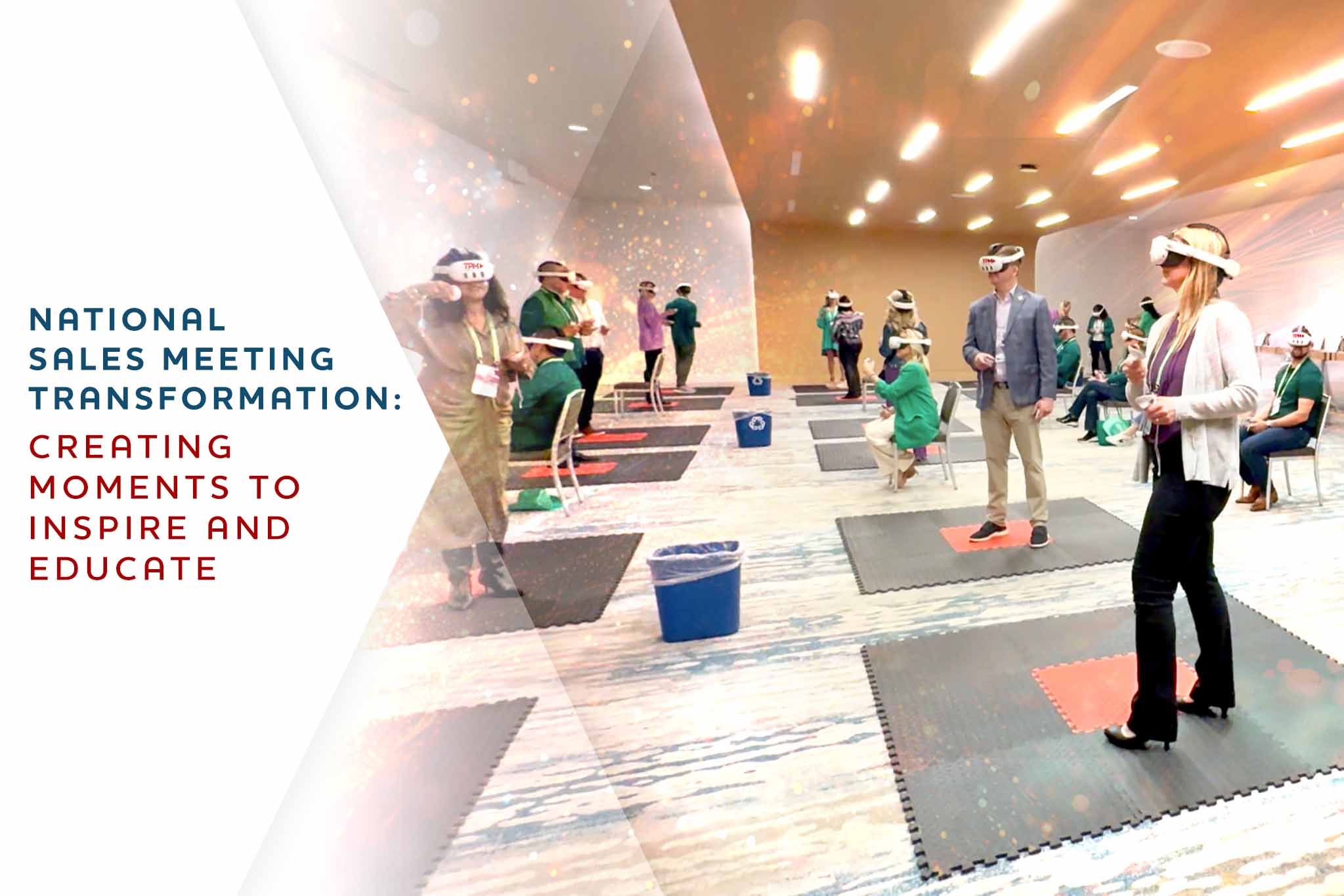Medical education has gone through significant transitions over the past decades. One of the primary reasons for these changes is the increasing emphasis on patient safety, given the high number of medical injury and malpractice cases in different parts of the world. One of the tested and proven ways to increase clinical competence is through medical simulation training.
Simulation-based learning is a learning technique that allows students to put to practice what they learn in class. Simulation learning has been part of the healthcare curriculum since the 18th century and keeps evolving with the changing technology.
What Is 3D Medical Simulation?
One of the most significant steps in curriculum development in healthcare is the introduction of 3D simulation-based medical training. Simulation refers to a virtual representation of a real-world scenario to attain educational objectives through experiential learning. It bridges the gap between theory and practice in healthcare training.
3D simulation tools act as alternatives to real patients. They offer a structured, learner-centric environment in which inexperienced and experienced healthcare practitioners can learn or practice their skills without injuring patients. Medical-based healthcare simulation has become a requirement in modern medical schools. Therefore, educators must play their role as stakeholders in nurturing the next generation of healthcare providers and acknowledge the role of simulation in fostering a safer, ethical, and more efficient healthcare system.
Why 3D Medical Simulation is the Best Training Tool
In medical education, students and doctors need exposure to patients to gain and develop needed skills. Yet, at the same time, healthcare professionals are obligated to ensure a patient’s safety and well-being. These competing needs can sometimes introduce a medical dilemma in learning.
While traditional learning methodologies continue to offer medical students the needed foundational knowledge, research has shown numerous advantages of experiential learning for students and educators. Here are the top reasons why 3D medical simulation is the best training tool:
Students Can Turn Knowledge into Practice
Simulation has significantly changed how medicine is taught and how junior doctors acquire their skills. As a result, instructors and learners get an opportunity to refine their skill sets, repeatedly if needed, without putting patients at risk.
Medical students working with virtual patients can easily apply classroom concepts to active, hands-on practice. For example, while nursing students can learn how to perform a certain procedure in class, getting hands-on practice makes them feel more comfortable. Simulation-based learning is also important for patients, as it helps them practice carrying out daily tasks without endangering their lives and the lives of those around them.
3D Medical Simulation Provides Flexible and Accessible Unique Learning Opportunities
3D medical simulation has many applications. For example, instructors can use this technique to teach students simple concepts, such as preventative care in an office setting, and more complicated topics, like invasive surgery in an operating room. As a result, learners get scheduled and valuable education that would be very hard to acquire in real life. Moreover, medical simulation allows students to practice their hands-on and thinking skills. For example, they can assess their decision-making skills in emergencies and how to handle different procedures.
Knowledge-In-Action
Given that students and instructors can create any medical situation in real-time, simulation offers endless learning opportunities that can be repeated as many times as possible to meet the learning objectives. For example, instructors can create tasks that seldom occur in the real world. Therefore, it is better for students to practice in a simulated environment than blindly wait for these scenarios to happen in the real world.
Collection of Measurable Data on Patients and Students
Another advantage of simulation is the possibility of gathering measurable data on patients and students. When it comes to simulation-based learning, the scenario parameters are set by the instructor. Based on this data, the instructor can easily assess the progress of the patients and the students.
3D medical simulation allows the instructor to collect additional vital information, such as how long the students take to do specific tasks and how well they make decisions. This data can help determine which skills need additional practice. Having access to this information also introduces a future safety net for all parties involved.
More Control Over Learning
3D medical simulation training gives educators more control over the order of tasks offered to students. For the best learning outcomes, learners should start with easy tasks as they progressively get to more complicated ones. However, this is not possible in real-world training.
Simulation-based learning allows the instructor to design challenges based on the learners’ level in a simulated setting. What’s more, the tasks can be reproduced for assessment purposes.
Increased Safety
As mentioned, 3D medical simulation training provides a safe environment for both students and patients. As part of learning, learners need to fail and learn from their mistakes. That said, increasing concerns about patient safety made it morally unacceptable for medical trainees to practice their skills on real patients. The 3D medical simulation training tool helps bridge this gap, as learners get the opportunity to make mistakes without hurting anyone in the process.
Instructors Can Offer More Guidance
The 3D simulation learning approach offers a unique opportunity for instructors to offer additional support and guidance to students, which may not be possible in a real-life scenario. Apprenticeship forms a significant part of learning in healthcare, as junior healthcare professionals learn from senior doctors. Simulation makes it possible to pause, replay, and restart an entire medical scenario. This introduces a golden opportunity for students to hone their skills.
The Lowdown
3D simulation is an important modality that grants additional learning opportunities to students, introduces an opportunity for instructors to offer additional support and guidance to learners, prevents unsafe and risky situations, creates scenarios that seldom occur in the real world, and helps in the collection of measurable data on students and patients, among other benefits. Therefore, 3D medical simulation technology will continue to increase in popularity across the globe and will keep improving with advancing technology.
At Tipping Point Media, we use 3D medical simulation tools to inspire learners and improve retention. If you want to know how our solutions can work for you, contact us today to schedule a free demo.



